What is Atmospheric Refraction?
Atmospheric refraction refers to the bending of light as it travels through the Earth’s atmosphere. This occurs because the atmosphere consists of layers with varying optical densities due to differences in temperature and pressure. Light bends toward the normal when moving from a rarer to a denser layer.
As light travels from outer space to the Earth’s surface, it passes through progressively denser atmospheric layers. This continuous bending of light creates a phenomenon known as atmospheric refraction.
Why Do Atmospheric Layers Have Different Refractive Indices?
The refractive index of air depends on its optical density, which is influenced by temperature:
- Cooler air is denser and has a higher refractive index.
- Warmer air is less dense and has a lower refractive index.
This variation in refractive indices across the atmosphere causes light to bend differently as it travels through the layers, therefore resulting in effects like the apparent shift in the position of celestial objects.
For more concepts and interesting facts by Labkafe, look here.
Effects of Atmospheric Refraction
Twinkling of Stars
Stars appear to twinkle because their light passes through atmospheric layers with varying optical densities. Therefore, these variations cause the light to refract unpredictably, changing the apparent position of stars.

Twinkling of stars. Source- Byju’s
Mirages form due to atmospheric refraction
On hot days, the air near the ground becomes less dense, while layers above remain cooler and denser. Therefore, light refracts between these layers, creating the illusion of water on roads, known as a mirage.

Depiction of a mirage. Source- Adobe stock image
Apparent Position of Stars
As the refractive index increases closer to the Earth’s surface, light bends toward the normal, making stars appear higher than their actual position in the sky.

Change in the apparent position of stars in the sky. Source- Topper Learning
Conclusion
Atmospheric refraction explains natural phenomena like star twinkling, mirages, and the apparent shift in celestial positions. Therefore, it highlights the interaction of light with atmospheric layers of varying temperatures and optical densities, showcasing the intricate workings of our environment. Check out more science concepts like this!
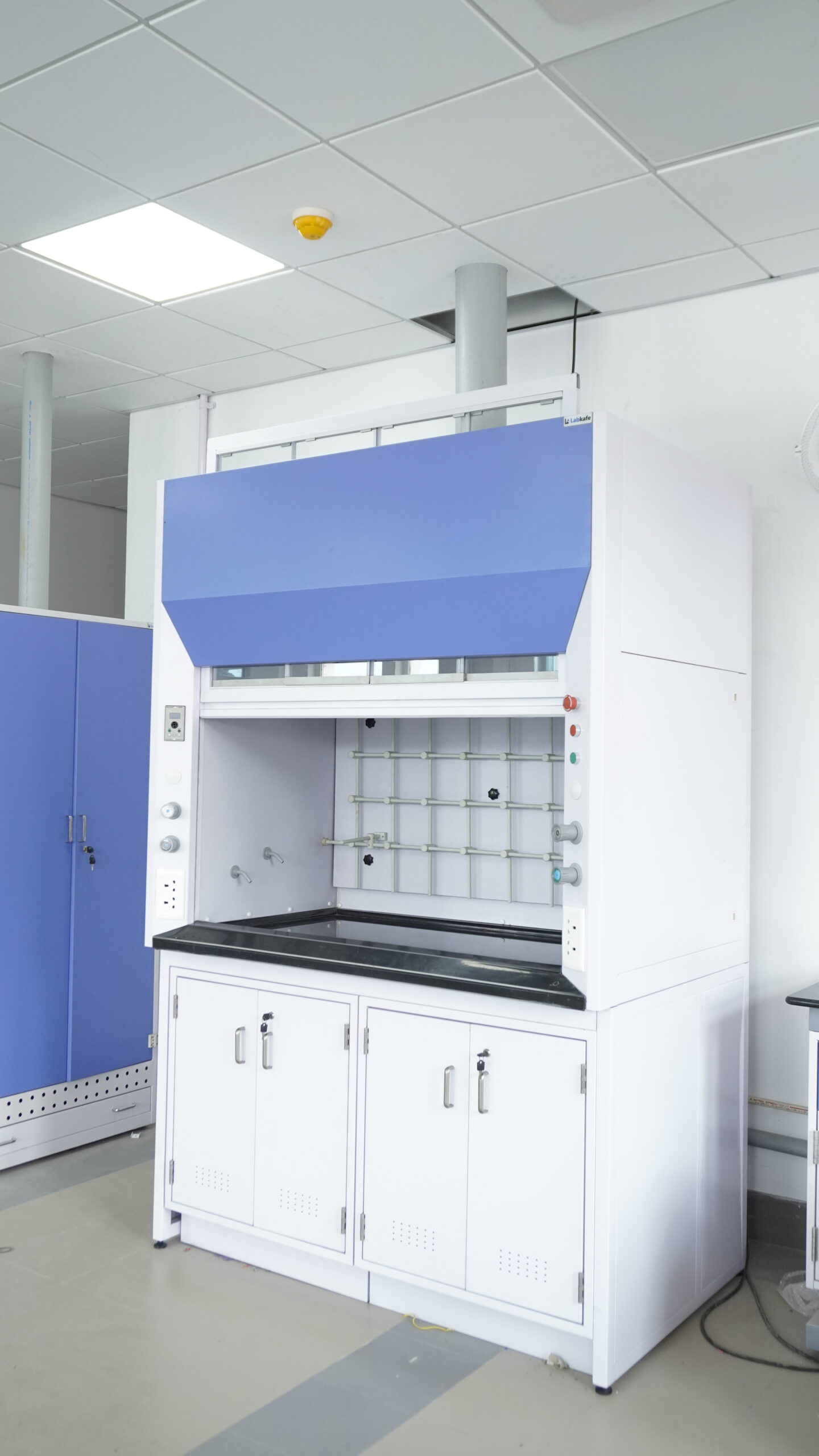
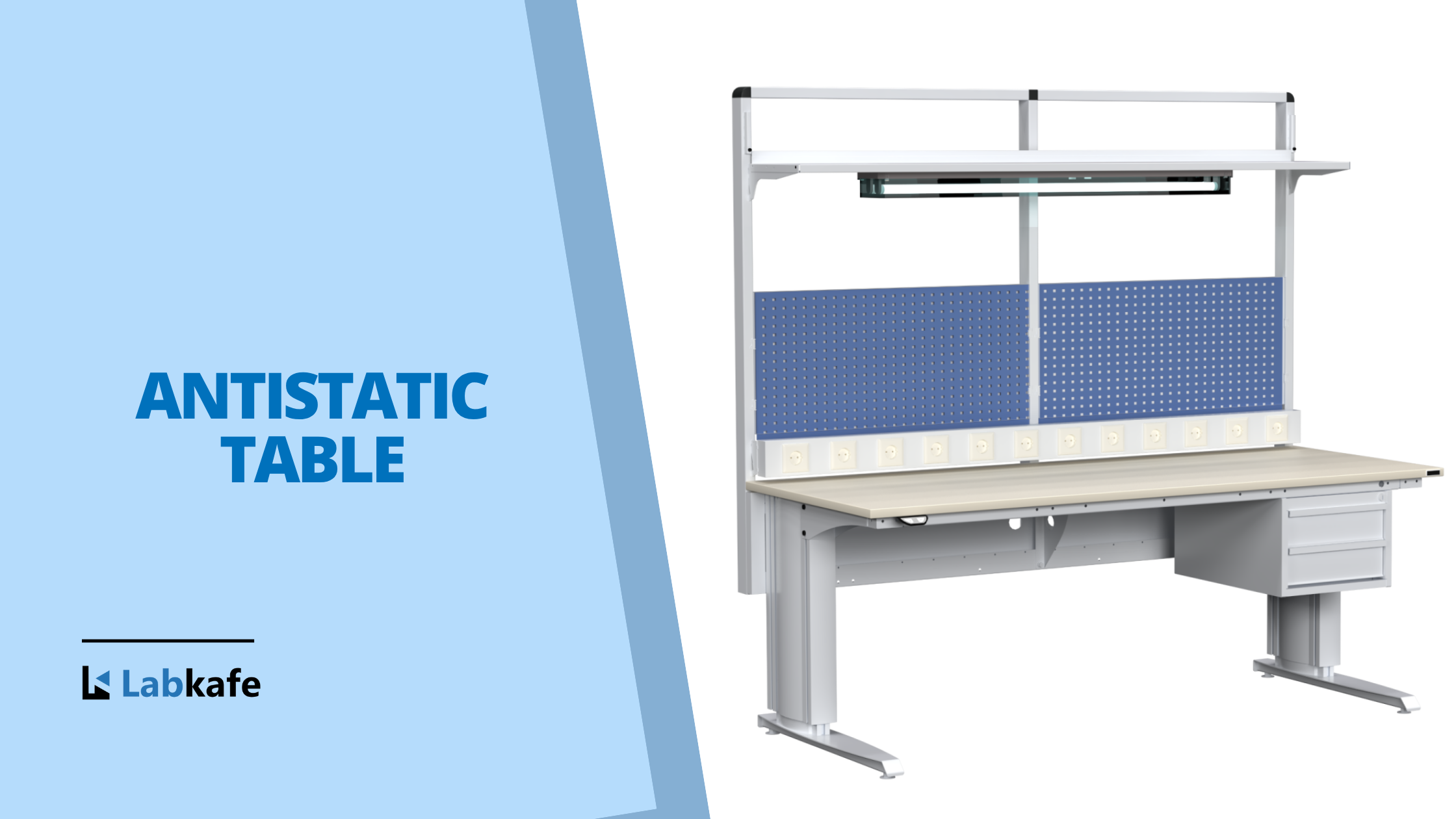
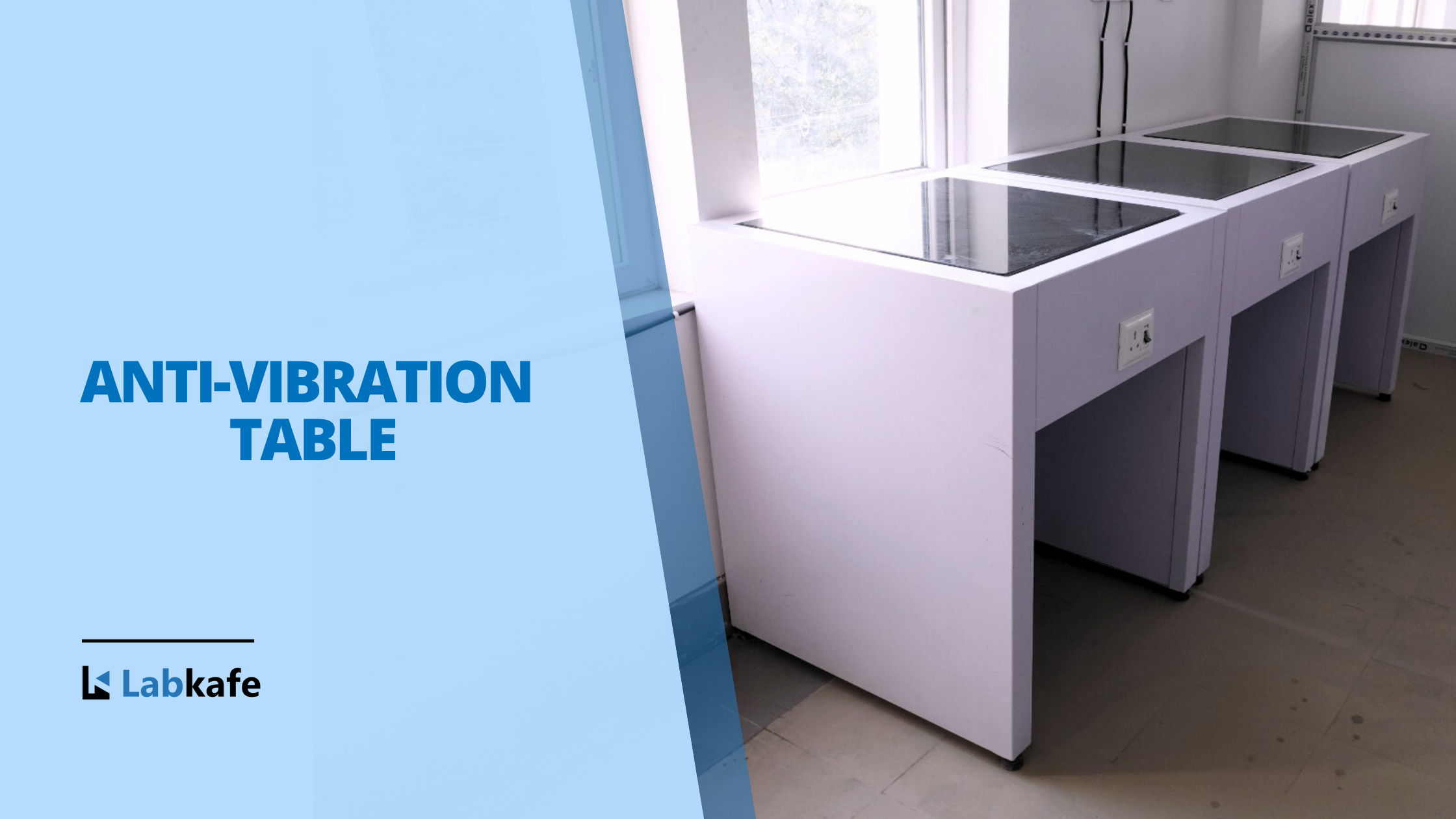

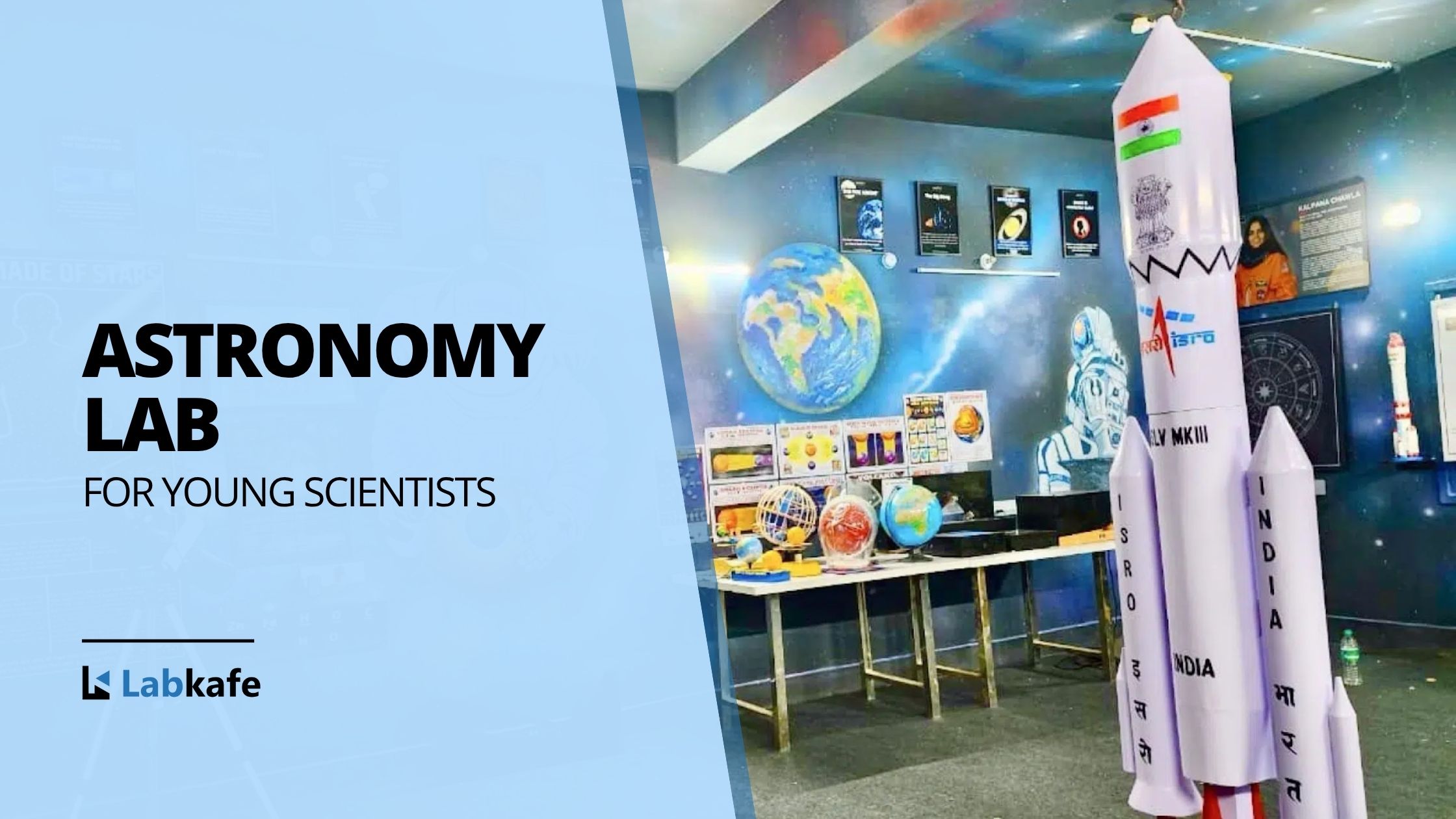
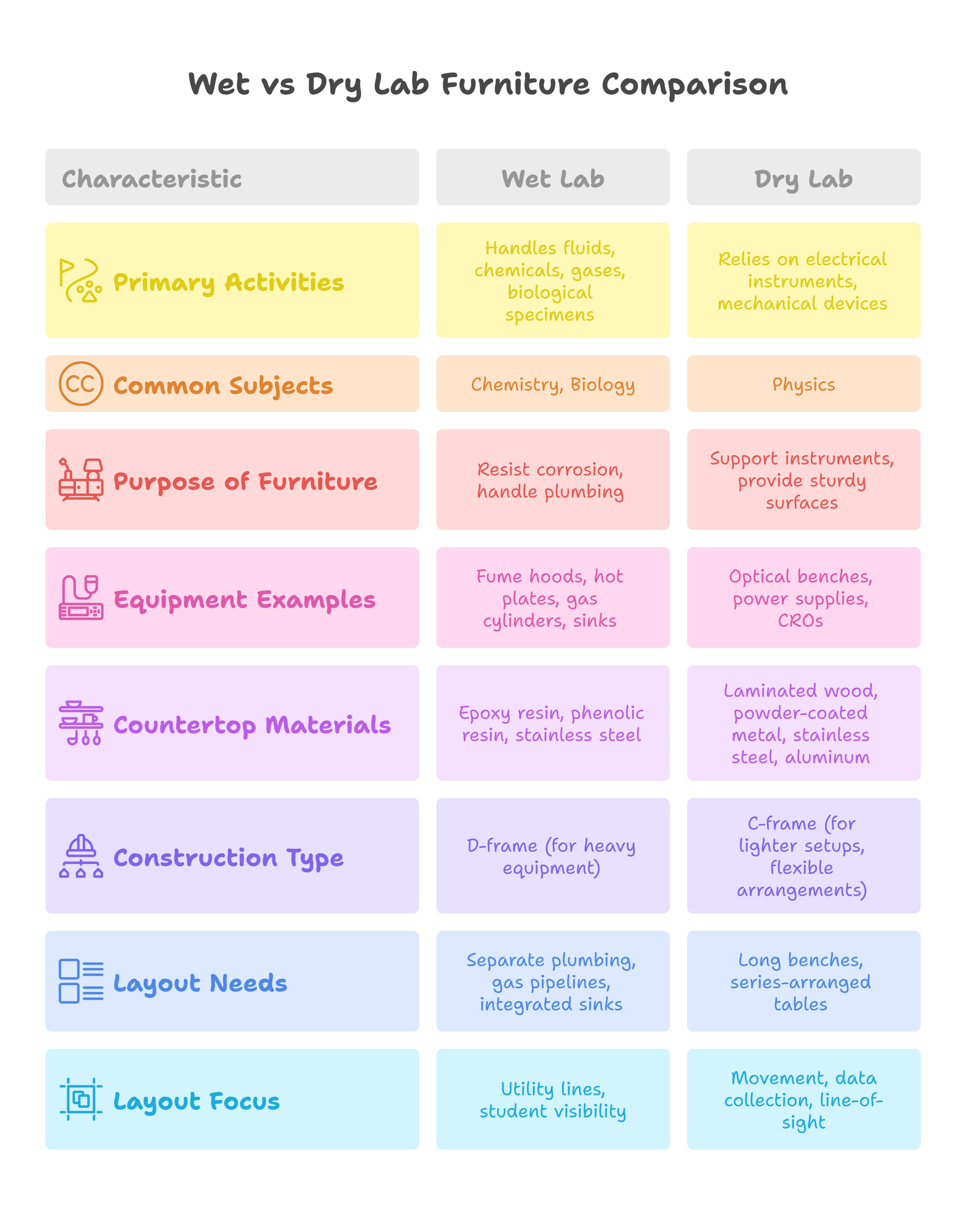
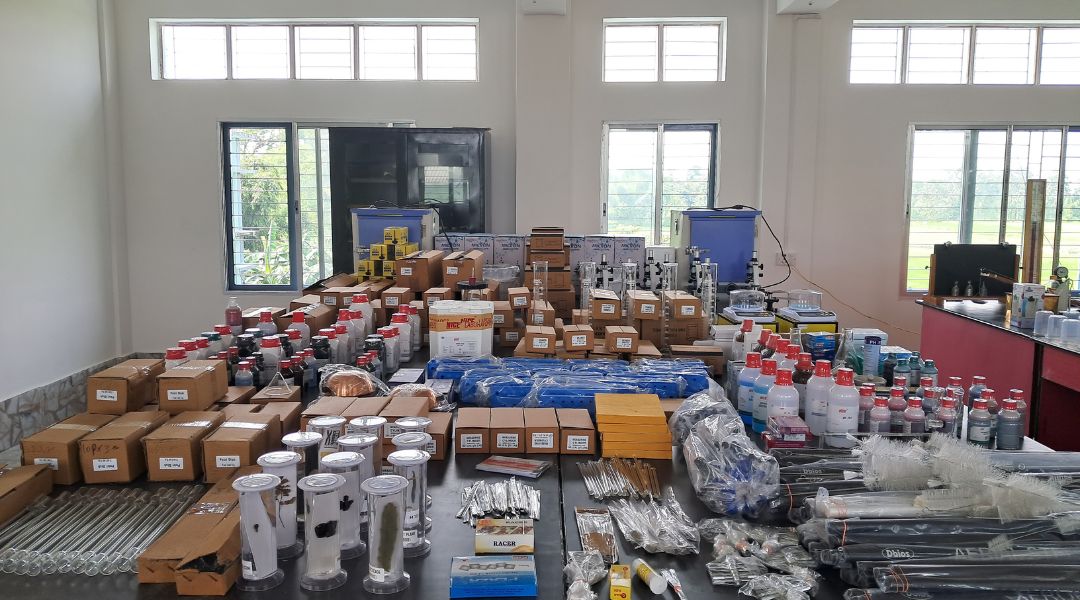

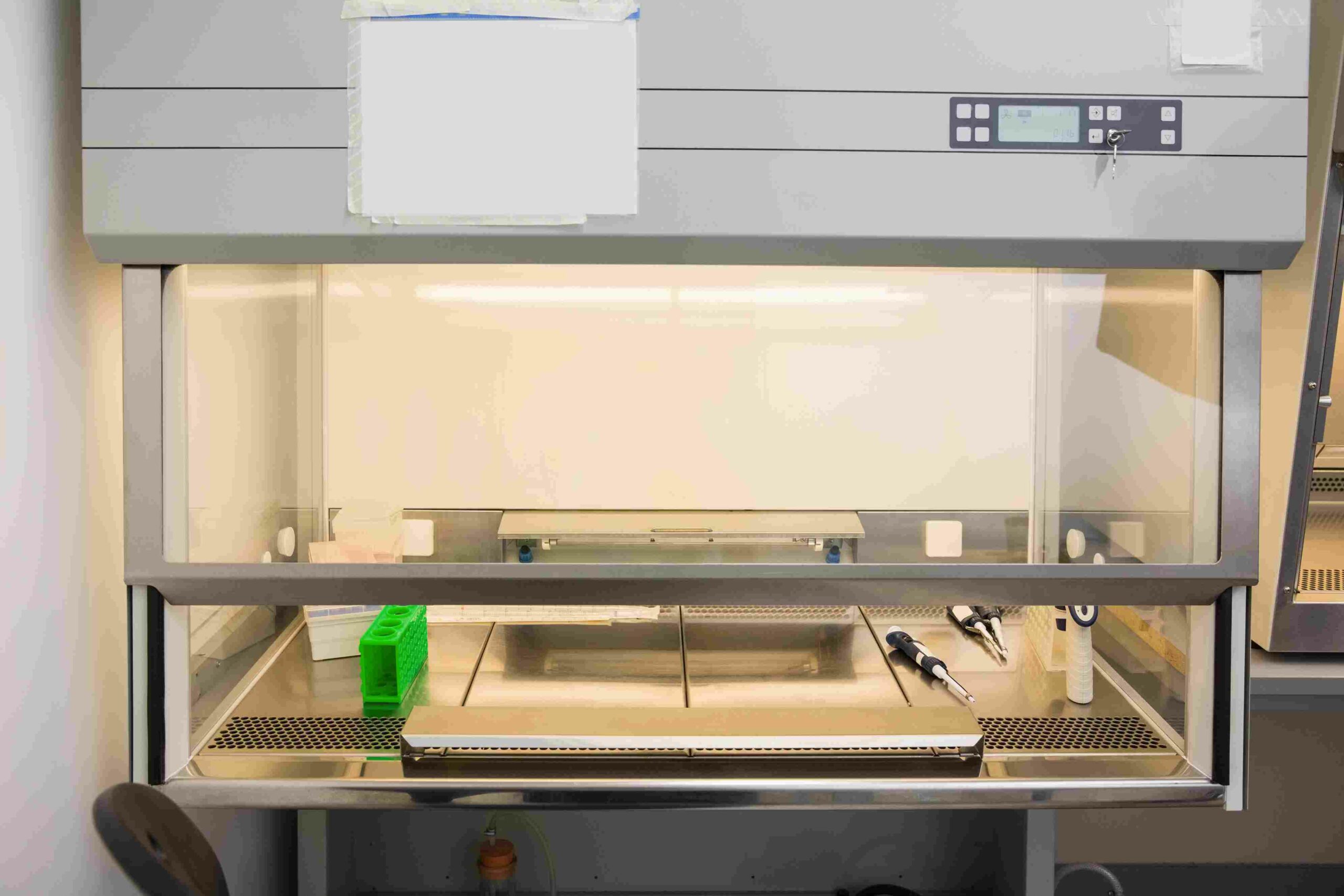

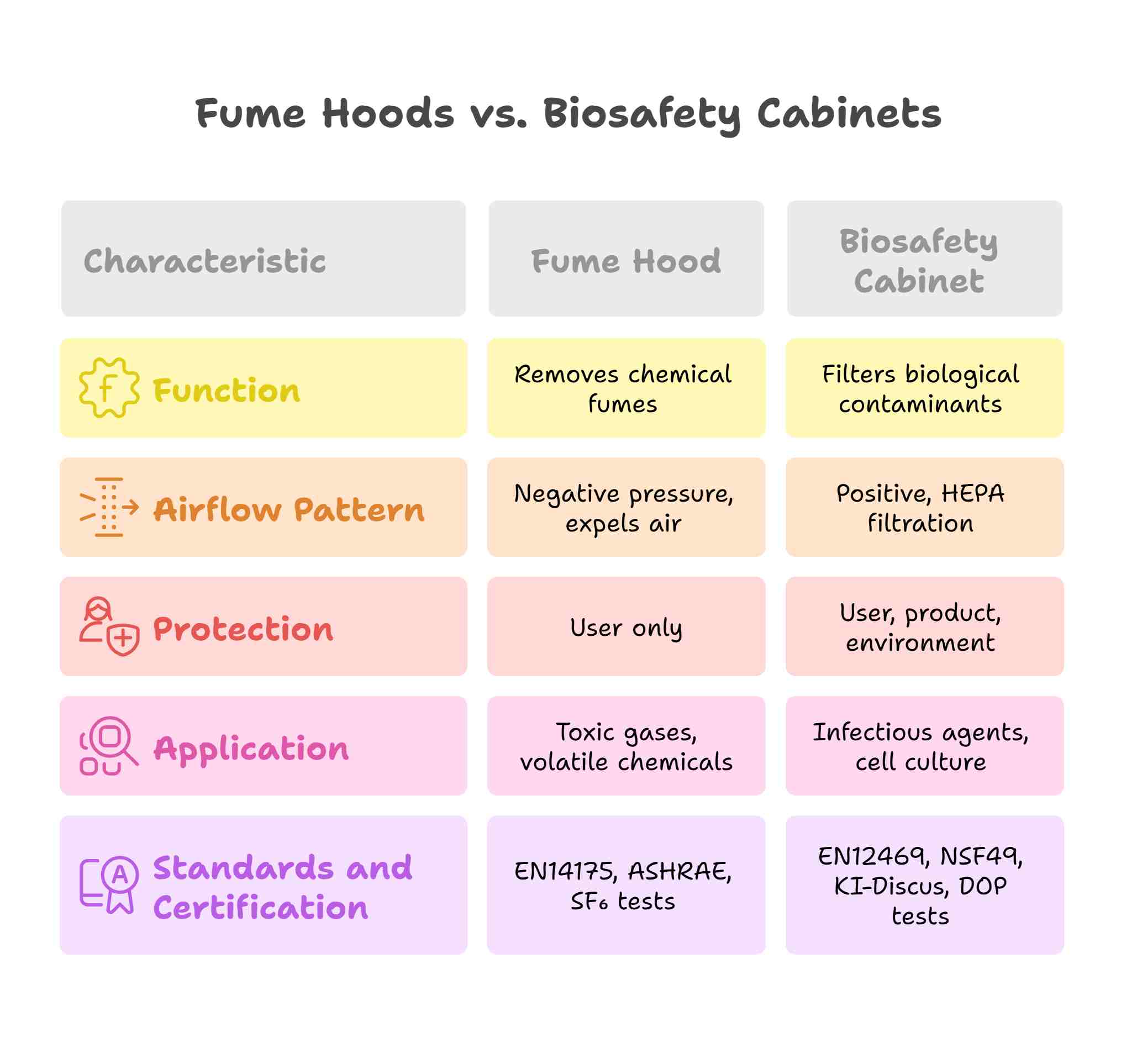

Leave a Reply